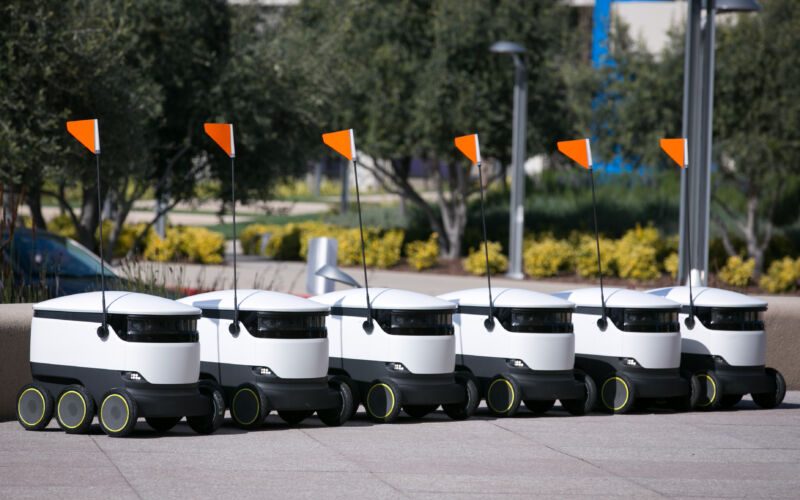The pandemic is bringing us closer to our robot takeout future
Robot deliveries remain rare enough that it’s easy to dismiss them as curiosities. But that’s a mistake. The technology works now. Starship already has hundreds of robots in service delivering food to real customers. Spurred by demand from locked-down customers, that number could soon soar to the thousands and eventually into the millions. With lower costs and no need to tip, robots could make takeout more popular than ever as it gradually displaces human-driven food deliveries.
机器人送货仍旧很少见,人们很容易将其视为稀奇之事而且不予理睬,但这是错的。技术现在开始正式起作用了:Starship已经为数百个机器人在服务中为真正的顾客送餐,受到锁定客户需求的指令,这一数字可能很快飙升至数千人,最终客户达到数百万人;机器人本身的成本更低、也不需要付小费,它可能会让外卖变得比以往任何时候都更受欢迎,因为它逐渐取代了由人类驱动的送餐服务。
Sidewalk robots won’t eliminate human-driven food delivery entirely. We’ll need bigger, faster robots that travel in the street to reach customers in many suburban and rural areas. But Starship’s rapid growth is a sign of what’s to come. In a decade or two, having a human being bring you food could seem as anachronistic as paying for long-distance phone calls.
人行道上的机器人不会完全消除由人类驱动的送餐服务。我们将需要更大、更快的机器人,它们可以在街道上行走,以接触到许多郊区和农村地区的客户,但Starship的迅速发展预示着未来格局。
在一、二十年后,让一个人给你送食物可能会像付长途电话费一样显得不合时宜。
And right now, certainly, there’s clear appeal to less human-involved food delivery.
而现在毫无疑问的是,减少人为的食物递送有明显的吸引力。
Read more at Ars Technica
翻译:SGCS翻译组











